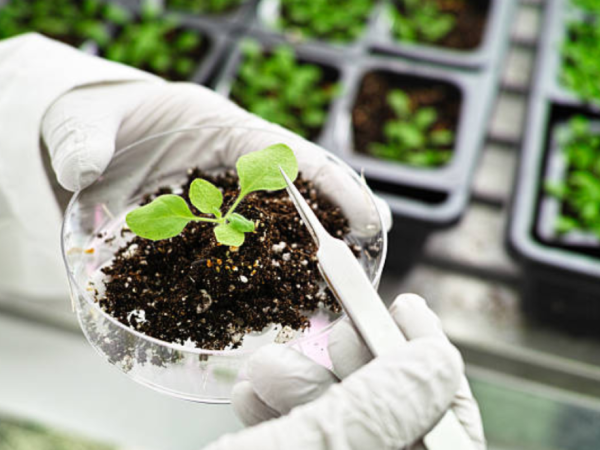Colombia has registered a new milestone in the adoption of genetically modified (GM) crops, reaching a total of 154,677 hectares planted in 2023according to data from the Colombian Agricultural Institute (ICA).
(Read: Why food and beverages was the expenditure division with the lowest CPI variation)
This figure underlines the growing interest in agricultural biotechnology as a crucial component for the sustainability and competitiveness of the country’s agricultural sector.
GM corn leads the picture with 142,711 hectares devoted to this crop, marking an increase of 20% compared to the previous year. This advance is significant, since it represents 36% of the total hectares of corn planted in 2023.
According to the National Federation of Cereal and Legume Growers (Fenalce), GM corn contributed more than 50% of total production, which reached 1.6 million tonnes. This data highlights the positive impact of biotechnology on meeting domestic demand, improving competitiveness and food security in Colombia.
(Read more: Davivienda will allocate $700,000 million to agricultural credit)
María Andrea Uscátegui, executive director of the Agricultural Plant Biotechnology Association Agro-Bio, highlighted the importance of this growth and assured that The increase in the area planted with genetically modified corn is a revealing sign for Colombia.
“Not only does it boost the competitiveness of thousands of small and medium-sized farmers, but it also brings us closer to meeting the growing national demand for corn, vital both for direct consumption and for expanding industries such as poultry, pig and aquaculture.“, he detailed.
(See: Agriculture, the most important non-mining sector in the relationship with the United States)
This expansion in the use of GM crops underlines the growing role of biotechnology in the Colombian agricultural sector, marking significant progress towards greater self-sufficiency and food security.
Agriculture
iStock
Ups and downs in genetically modified crops
On the other hand, GM cotton recorded a decrease in its planted area, with 7,409 hectares in 2023. César Pardo, president of Conalgodón, attributes this reduction to the drop in international prices and competition with crops such as corn and rice, which offer better payment conditions and faster settlement. Cotton, in contrast, can take up to three months to be settled.
(Read: Carrots and lettuce, the products that rose the most during the truckers’ strike)
GM soybeans, which were approved in Colombia in 2010 but had not been commercialized until this year, reached 4,557 hectares planted in 2023This increase reflects a growing interest in this variety of soybean.
A total of 24 departments participated in the planting of GM crops in 2023. The department of Meta remained the main producer with 61,338 hectares, followed by Tolima with 25,588 hectares, Córdoba with 24,521 hectares, Valle del Cauca with 14,707 hectares and Cesar with 12,041 hectares.
(See also: Coffee production grew 20% in August and maintains its upward trend)

















